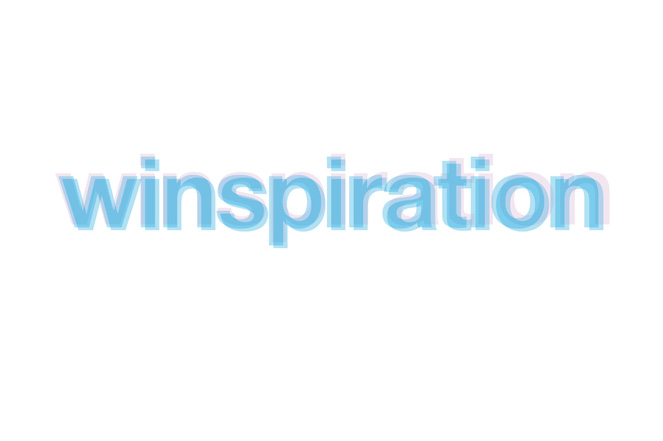
Generally it’s not hard to see why award-winning campaigns end up collecting the silverware. They’re arresting. They’re unique. They’re hilarious. They’re shocking. And if things really went well, they’re all of the above.
What’s not so easy to understand is what made it all come together in the first place. Was there something special about the brief? Maybe the client brought something different to the mix. Was the agency just having a good day?
You could muse over this until the cows come home. Or you could do a bit of digging to find out. Recently, we did the latter when we presented ‘Winspiration’, a survey of last year’s international direct marketing awards show winners to members of the Marketing Institute of Ireland.
Different countries – similar opinions
To begin with, we tracked down and talked to clients and agencies in countries as diverse as New Zealand, Spain, the UK and Belgium. While each had produced radically different creative ideas, there was a distinct convergence in their views on what needs to happen before great work can emerge. A random selection of quotes bears this out:
“When there is passion behind an idea at both ends and belief that it is a strong strategy, the commitment comes” says Andy DiLallio, Executive Creative Director of Leo Burnett in Sydney. It’s a view that’s remarkably similar to that of DDB’s Brett Colliver in New Zealand: “…the other crucial factor was getting everyone involved excited about the possibilities. Not always easy, but everyone was right behind it which meant a lot of stuff was done for free (or cost) on weekends and after hours.”
So successful projects need passion and excitement. But what else? This time, a client, Christine Haru of the New Zealand Coastguard, got to the heart of it when she identified a requirement for open minds: “Sometimes as the client we have an idea on which we brief the agency, but we can be constrained in our thinking. At the end of the day we use agencies because they are a pool of incredibly talented and creative people who can think outside the box and come up with a different solution than you had imagined.”
And that’s pretty much what Spanish multi award-winning agency Shackleton also think. Creative Director Juan Nonzioli’s view is “If I was a client I’d say to my agency ‘I have this need and I need an idea. Maybe it’s a TV ad, maybe it’s something else. Twist your brains around it, that’s what we’re paying you for.”
His client, Montse Balas Lara of the charity FSA Inserta, agreed: “They (clients) should place themselves in the hands of professionals like the Shackleton team, and be prepared to truly empathise with them.”
Fortune favours the brave
Back in New Zealand, Charlotte Speed, the Head of Customer Engagement for Orcon Broadband, threw in another humdinger when she said ‘Be brave. Let the experts be the experts and brief agencies well.’ And the need for bravery was also being flagged on the other side of the world by Nick Moffat of Proximity London. Nick was one of the team that won the DMA Grand Prix for their groundbreaking RNLI campaign, ‘Mystery Packages’. He summed it up by saying “Internal client politics does scupper a lot of creative work, but having someone who’s prepared to crusade on your behalf is invaluable.”
So what have we found after a quick spin around the winners of the world’s most respected direct marketing awards? The secret of knock-out creative work appears to lie in everyone involved being brave, empathetic, passionate, excited and open-minded. But before any of this is possible, one other factor needs to be in place. I’ll leave the final word to the NZ Coastguard’s Christine Haru: “…it comes down to trust also – trust of the agency that they have your brand’s best interests at heart too and if you succeed – they succeed (and win awards too).”
Couldn’t have said it better myself.
Like to see the Winspiration presentation in full? Email us at winspiration@dialogue.ie
